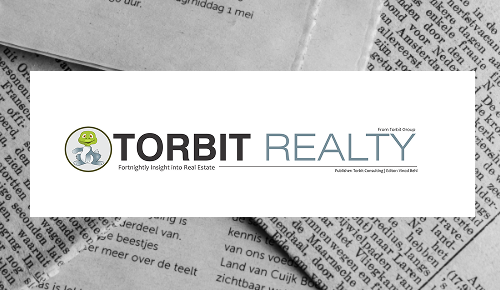India’s logistics sector is on the cusp of a once-in-a-generation transformation, with its size projected to triple to nearly ₹120 trillion by 2035, according to a report by Omniscience Capital. The surge will be driven by a Capex ‘supercycle,’ government-backed infrastructure initiatives, and sweeping policy reforms.
With India’s GDP set to more than double to $10 trillion over the next decade, logistics is expected to shift from being a cost burden to a strategic growth driver—supported by multimodal infrastructure, digitization, and the formalization of a highly fragmented industry.
Notable highlights include the Rs 185 trillion National Infrastructure Pipeline, the PM Gati Shakti initiative, which comprises strategic investments in dedicated freight corridors, policy reforms, strategic global positioning, and the adoption of digital technologies.
India’s GDP is expected to increase from $4.2 trillion in 2025 to $10 trillion by 2035. Industry and Agriculture are expected to contribute 40% of this growth, or $4 trillion. With logistics costs in India equaling 30% of the agri-industry GDP, the value of the logistics sector is estimated at $1.2 trillion (or ~Rs 120 trillion, assuming Rs 97 = $1 in 2035).
Ashwini Shami, President and Chief Portfolio Manager at OmniScience Capital, said “India’s logistics sector is on the verge of a multi-decade boom, fueled by record infrastructure investment and sweeping reforms. Government initiatives, such as the National Infrastructure Pipeline, PM Gati Shakti, and the National Logistics Policy, directly address the sector’s inefficiencies. Meanwhile, digitalization and the Goods and Services Tax (GST) are accelerating the formalization of the largely fragmented logistics industry
